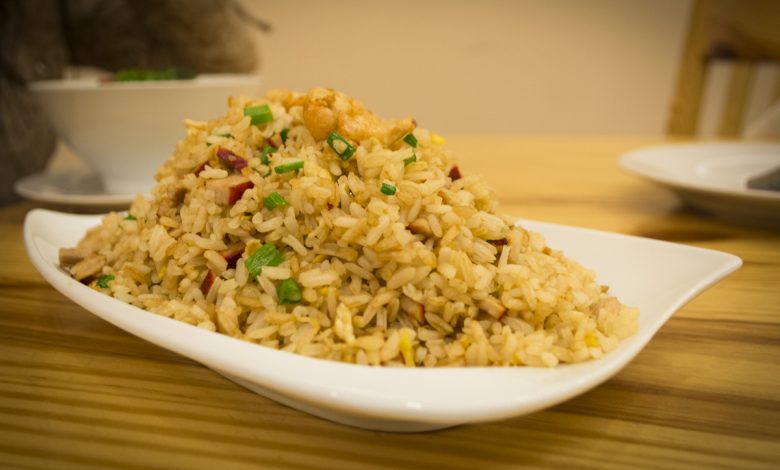On Reheated and Left-Over Food

Abundance of food has a downside. What do you do with the excess? You can only eat so much in a single sitting, though there is some flexibility.
When food was spare for prolonged days, a feast marked its difference with abundance. People could eat mounds of food while at the table, an explosion of satiety to break the monotony of the normal thinness of supply. There were only scant leftovers.
Food remaining after a feast is a problem when abundance becomes ordinary. The remaining food presents a problem. It can be thrown away in the embarrassment of a party’s remainders: bottles, used napkins, and mounds of food. It can be carefully packed and given to each guest to take home and, hopefully, eat or share as a means of spreading out the joy of a feast. Or, the person who offered the abundant food can put it away in hopes of finding new purpose and meanings for remainders.
Interestingly, in English, where we call the result of abundance left overs, we focus on the left-over-ness of that which is not consumed. We emphasize the breaking of an event’s, integrity and, thereby, create a peculiar problem of what to do with material excess that goes past its end. We focus on the boundary and its transgressing, what came before and what follows. This creates a moral and material quandary which can be the measure of a person.
In Perú, the left-over-ness is not the issue in the language nor, so much, in the experience of the feast. You need a whole phrase to make that point, lo que sobró, that which is too-muched. See, in English we cannot even get directly at the concept without changing it. According to dictionaries the translation of sobrar, the verb in the phrase, would render it “that which remained”, emphasizing again the breaking of boundaries for the English, while in Spanish it is an active verb of being too much, a subtle emphasis of abundance. The remainder is not quite as available, as a result, for the moral crisis of what to do with things left-over, things that do not know how to keep their place.

The ordinary word in Peruvian Spanish to describe them focuses instead on a different act, to repurpose and reuse, they are recalentados, things reheated. The English emphasizes their shame, while the Spanish focuses on their new-ness once heat is applied afresh.
This is Peruvian and not simply something found universally in Spanish. In nearby La Paz, Bolivia, the words that I have always heard involve a reuse of Quechua, qoñichiy, to make hot. However since those words are used in an Aymara speaking area, they come to mean dirty or dangerous, rather than fertile, productive, or new. To me, this is a fascinating linguistic trick involving the two main languages of the Andes and a problem of abundant food. In the Spanish of La Paz, qoñichi, to use the noun form, or recalentado in Spanish—meaning to heat again instead simply make hot, becomes a synonym for dangerous food and the problems of trust you face whenever you eat in the street. You never know whether the food was kept overnight from what did not sell the day before and simply reheated, in other words not fresh and probably threatening.
As an aside, the Bolivian Political analyst Roberto Laserna used this word in 2015 to scathingly when he tweeted: “In Quechua there is a word which describes the new cabinet with precision, qoñichi.” Yet in Cusco, that withering tone would not work since qoñichi is good.
In Perú, the recalentado is celebrated. Look at the celebrated main dishes that come from reheating food. These include a tacutacu, a folding and frying of leftover rice and beans, or one of the favorite Peruvian dishes of all, arroz chaufa, a fried rice.

Whether a celebrated main dish or not, in Cuzco this reheating is loved. People often speak that food is better on the next day, reheated, or repurposed into something else, such as the combinations you find in Cusco of foods that normally do not go together: ceviche served with fried rice and papas a la huancaína are an example. Together, repurposed, they become something different even if they break the boundaries of what should go together and how they go together.
Recalentado is celebrated in Cusco. It emphasizes the very different implications of a norm of abundance in formal meals, as opposed to a feeling of excess inherent in English and felt by most this day after the great American comilona, the great feast of eating too much. For Peruvians, the day after the feast can still bring joy. You see a real difference in the way we understand it in English as opposed to the Spanish and Quechua of Cusco.




